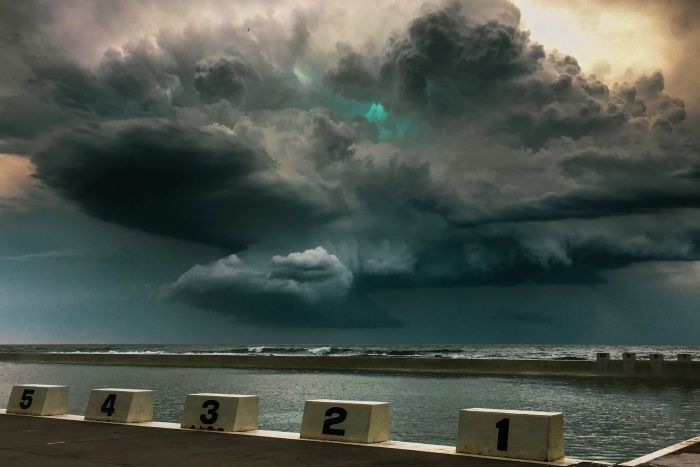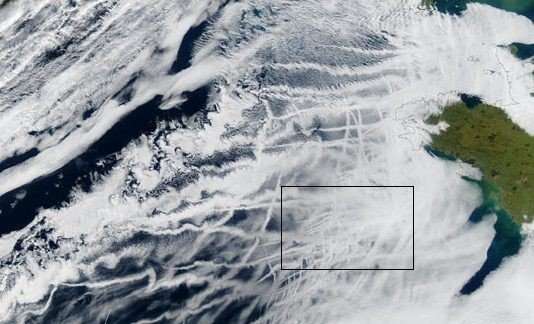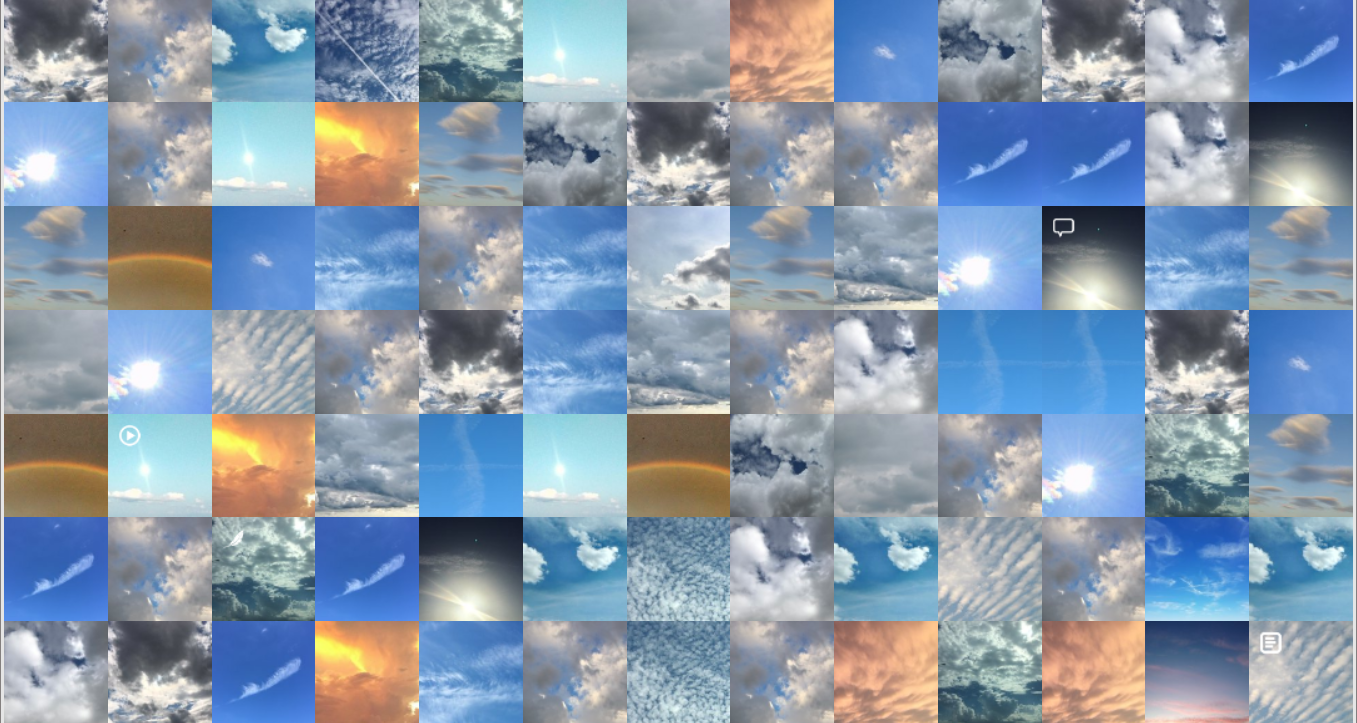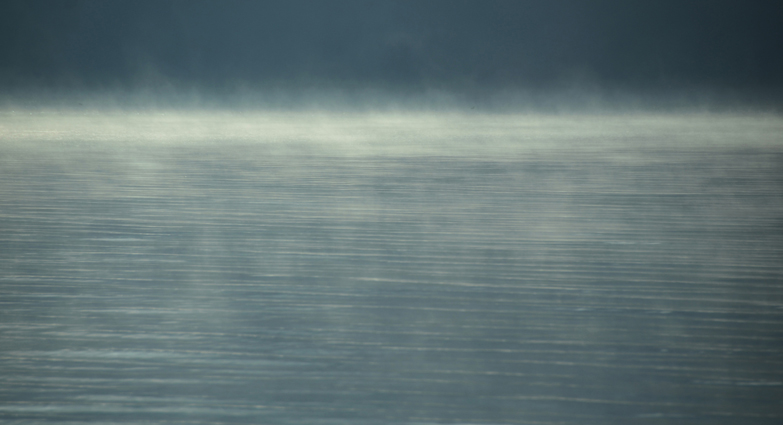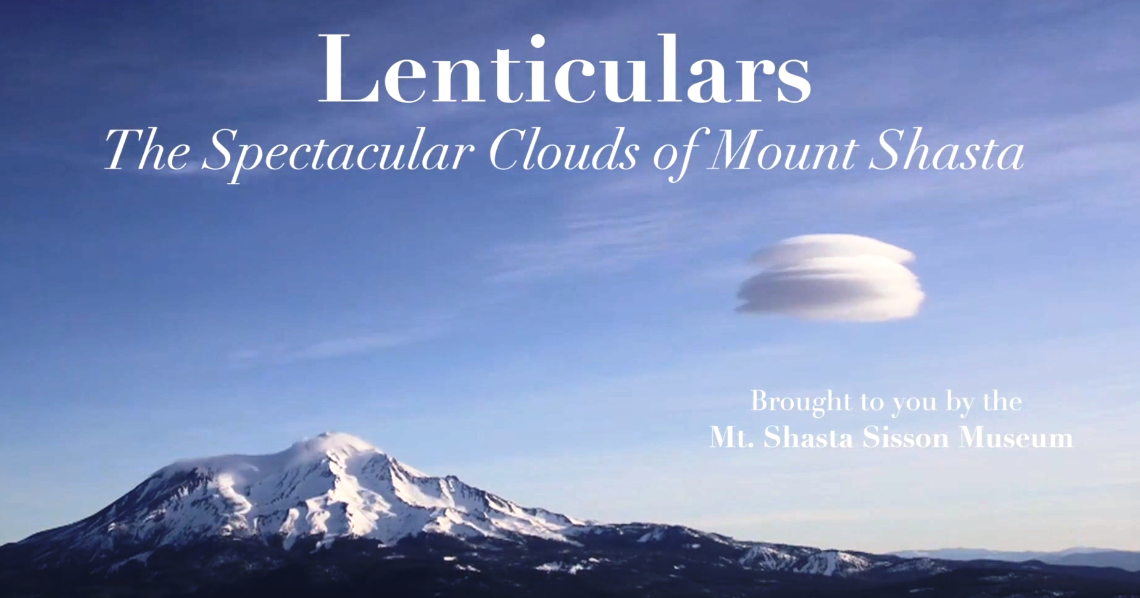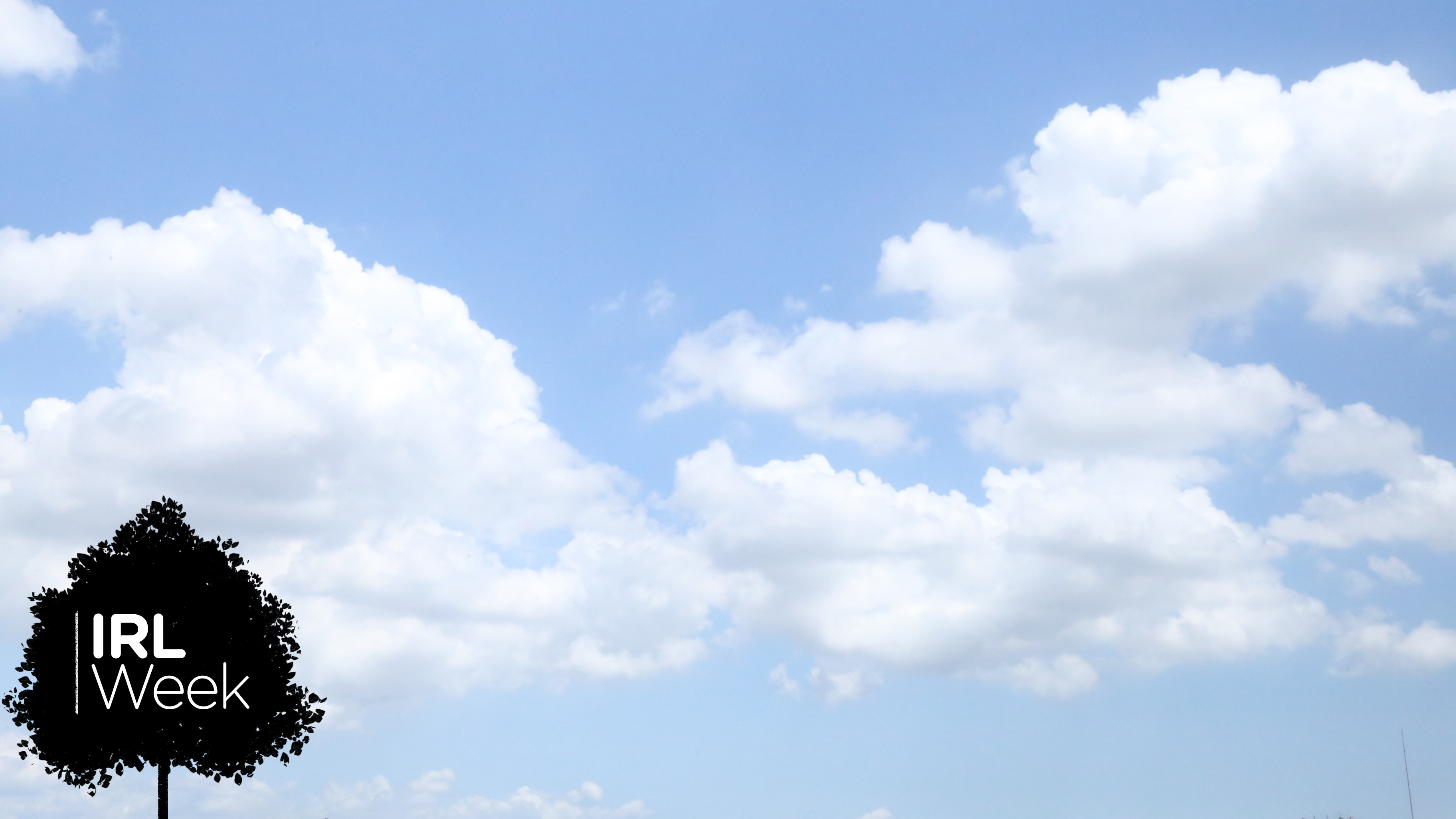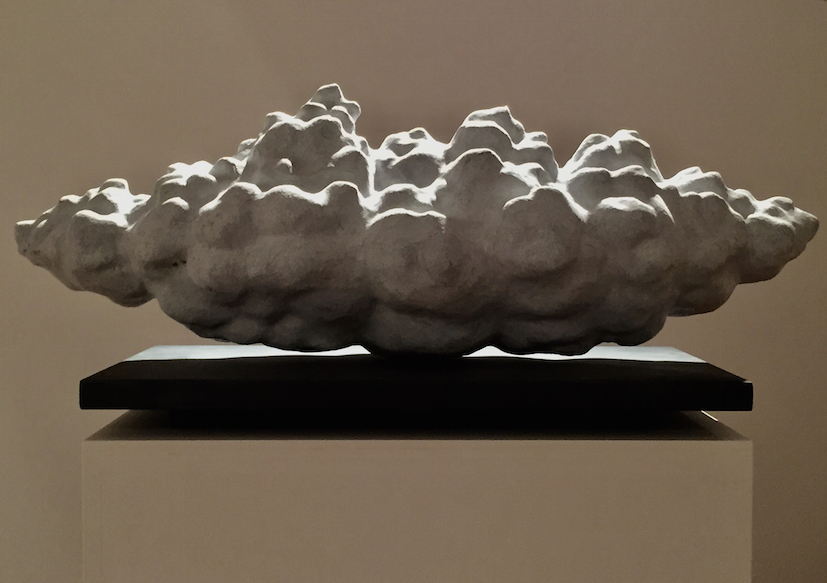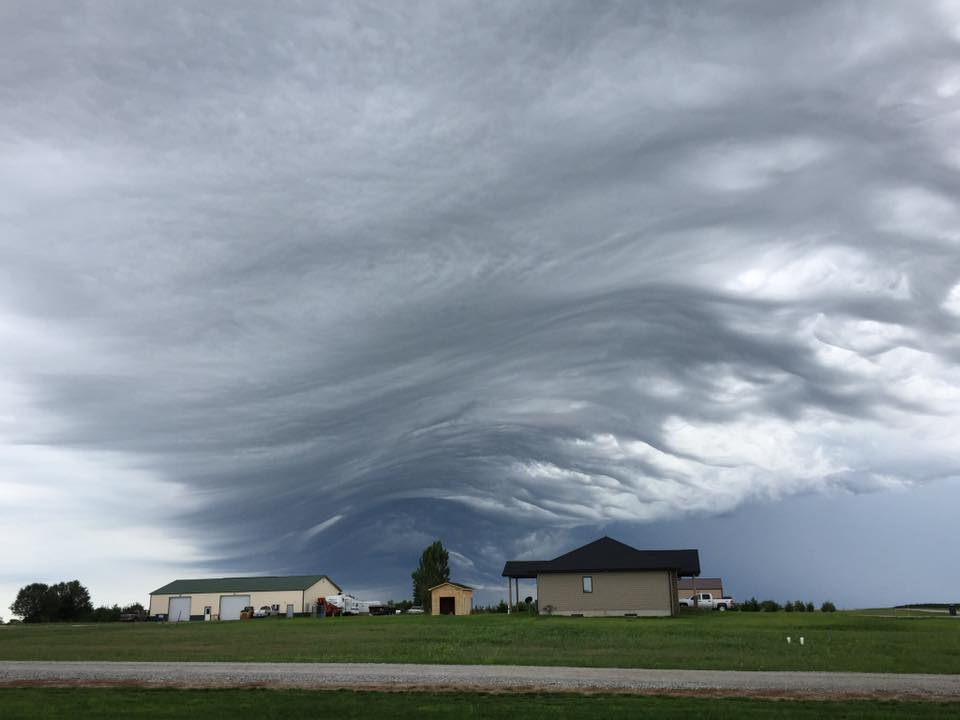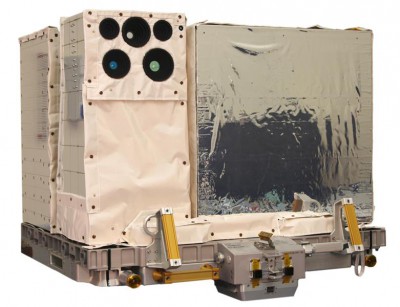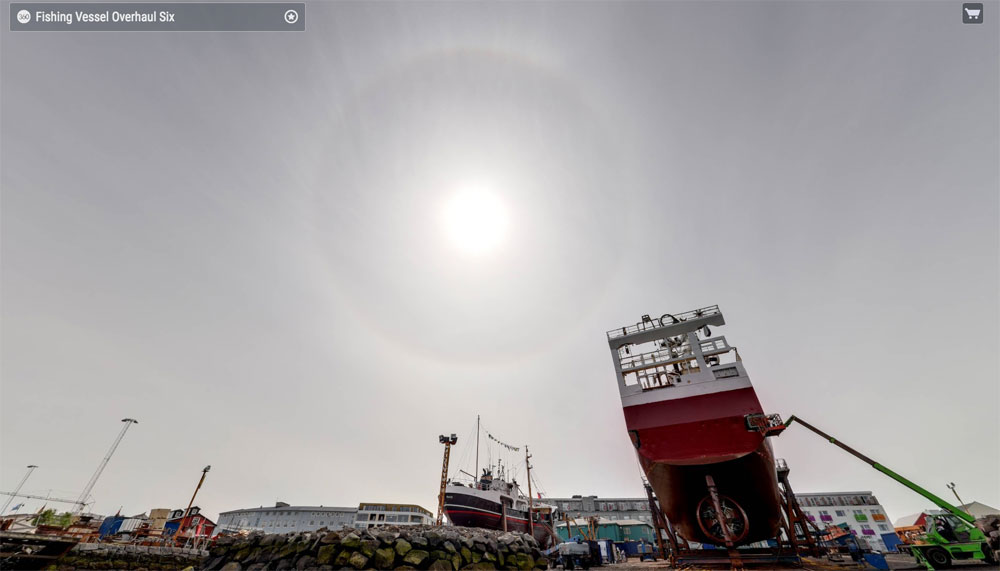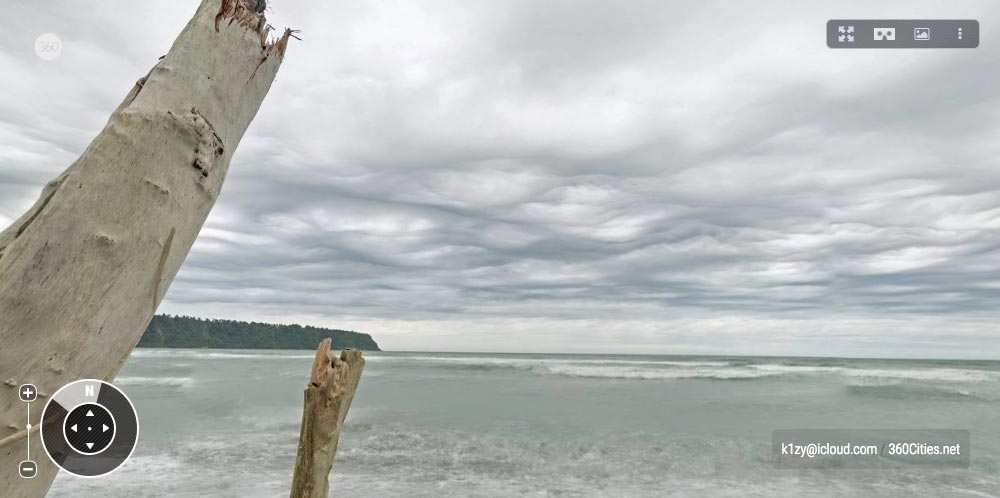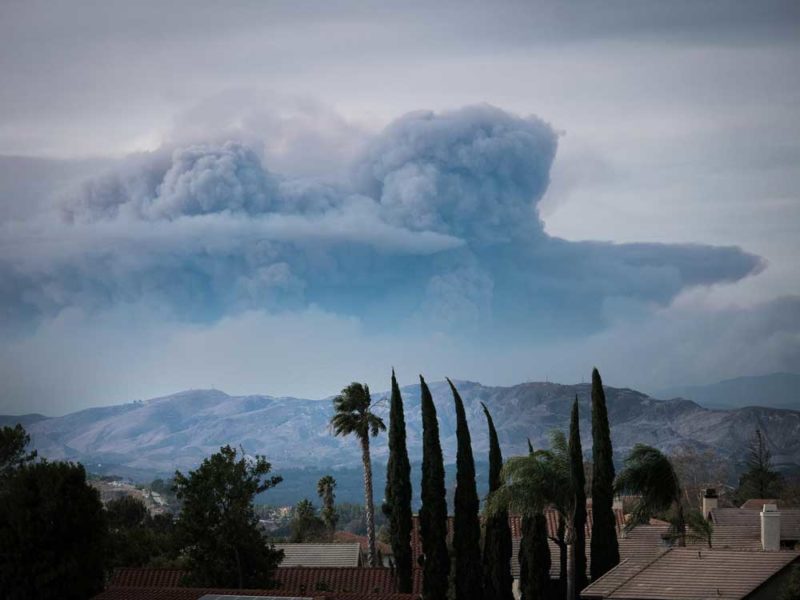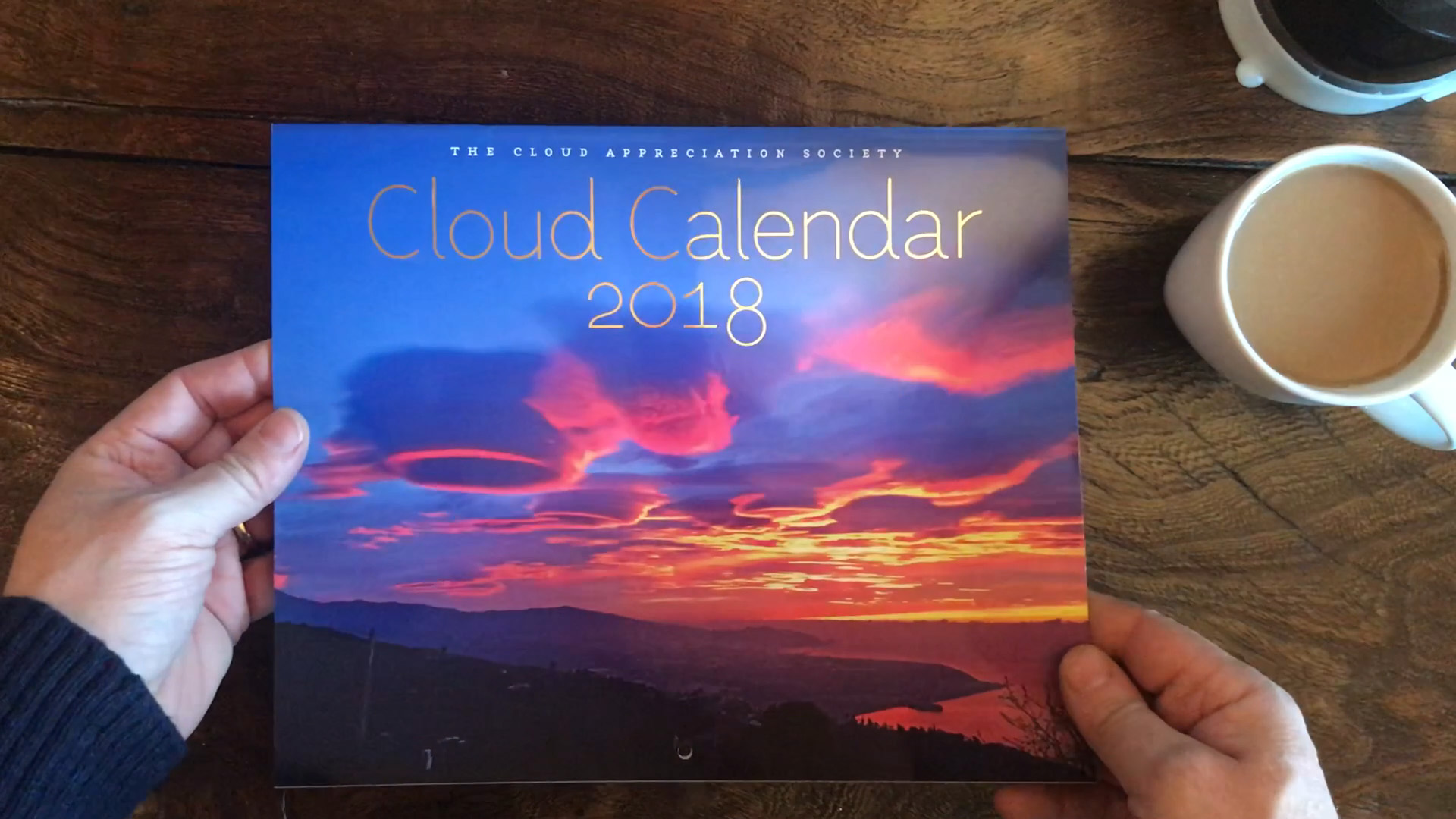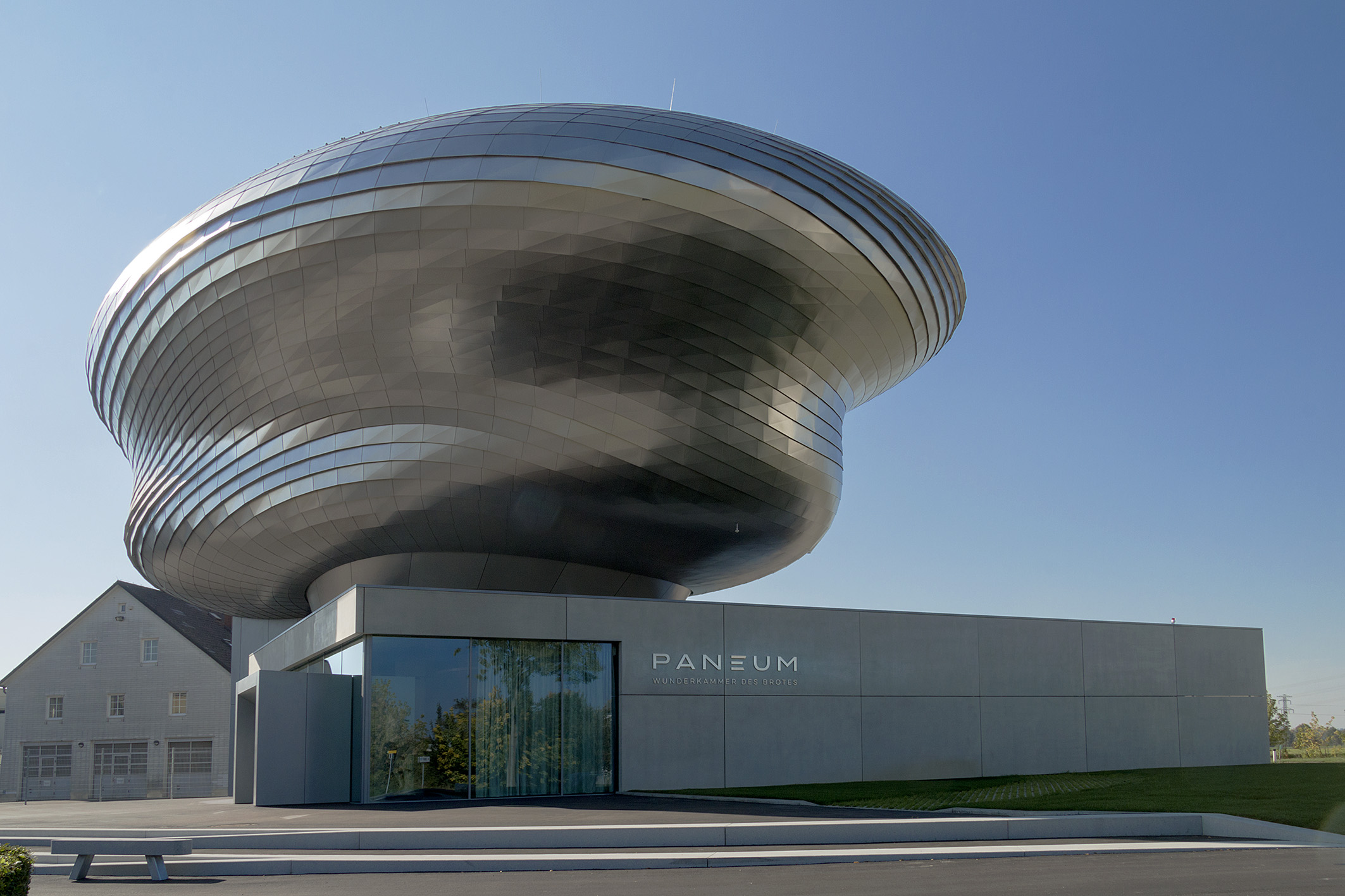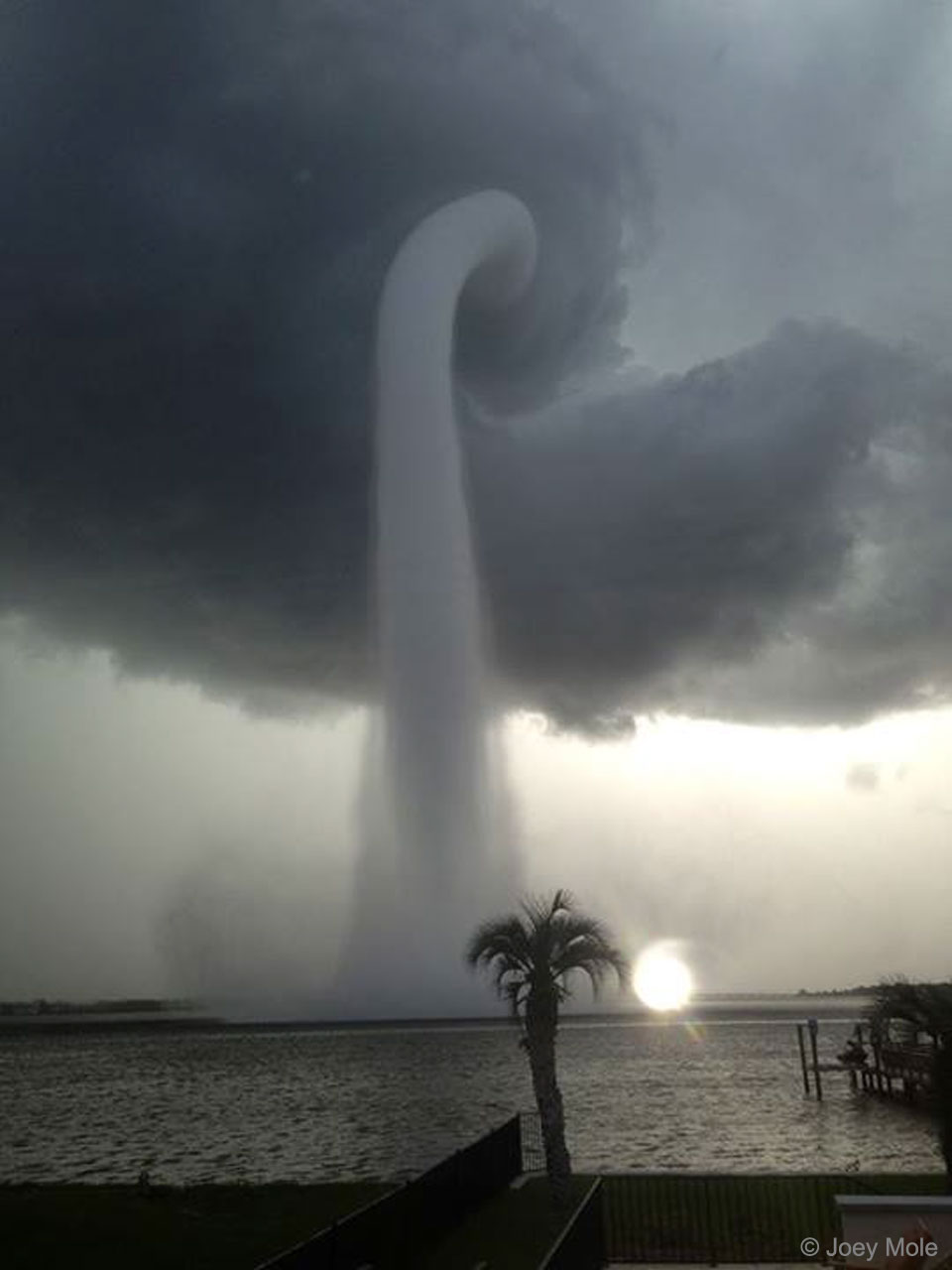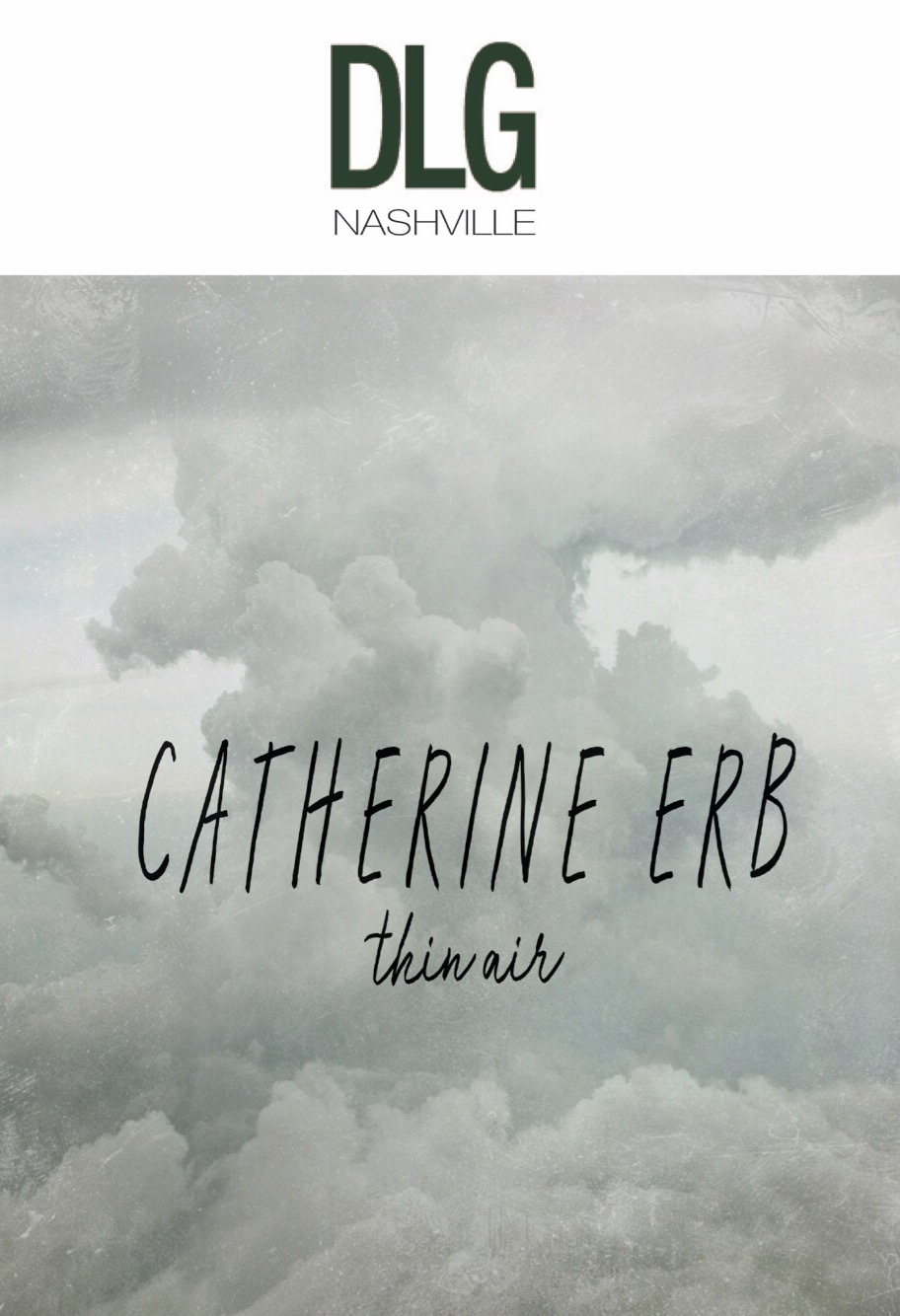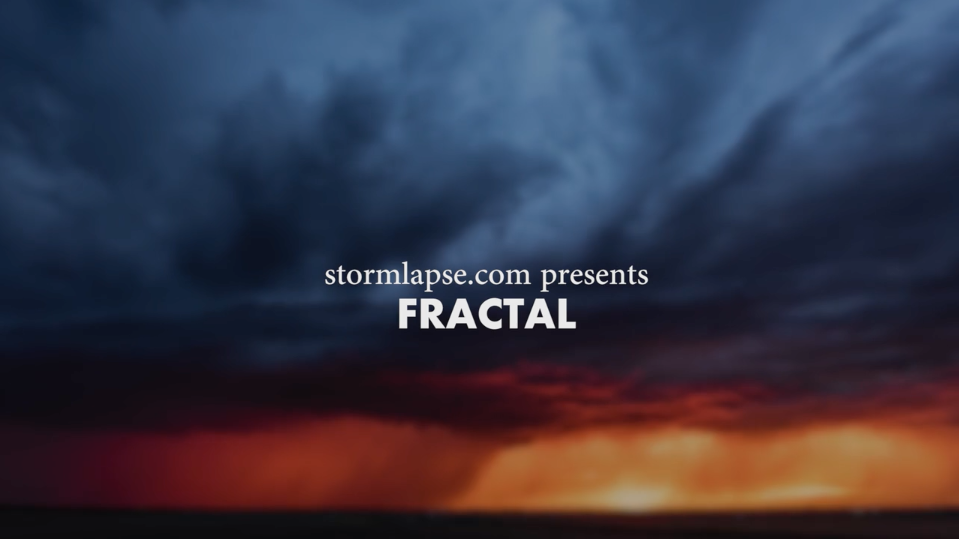Join us for hands-on activities, including a Virtual Reality experience of Google Earth, as we explore the variety of ways we gather data about the weather.
Category: Attention All Cloudspotters
You can’t look around when you’re looking up, so we’ve had a look around for you.
If you have cloud news that you think we should include here, please email it to us at: hello@cloudappreciationsociety.org.
A recent theoretical study shows that a major increase in CO2 could result in a dramatic reduction in low clouds responsible for keeping the surface cool.
Cloud mail art from our members…
Margaret Smyth, member 17515, recently told us about the extraordinary thunder and hailstorms in Australia in December.
We were interviewed by People and Company for their podcast about communities…
Longtime Society member, Annette Huber (member 7439) contacted us with a reminder that today (4th October) is National Poetry Day.
Julie Raymond-Yakoubian, member 24,422, recently came across an article on the Phys.org website about research carried out by UConn geographer Scott Stephenson and his team. Their theory is that the growth of trans-Arctic shipping and the increasing emissions accompanied by this will offset some of the overall warming in the Arctic by the end of the century.
You can read the full article on the Phys.org website
Nick Wigram, member 36265, has produced a series of cloud books for kids (and big kids too!).
Society member, Paula Russell, contacted us recently to tell us about this wonderful art installation on Governors Island, New York.
The installation – which made its debut at Palazzo Flangini during the 57th Venice Biennale – has been adapted and installed inside St Cornelius’ church to mark its reopening and will be there until 31st October 2018.
You can see more on the Governors Island website and also read a review on The Spaces
Daryl D Johnson, member 45193, recently sent “Solstice Sunset” and told us about her upcoming exhibition, “The Chi of Clouds” which begins on 7th September and runs until 28th October at Fry Fine Art, Peterborough NH.
SkyDay is a free educational platform with a single goal – to connect people across the world via our magnificent sky!
Sylvia Archer, member 42582, of Spruce Pine, NC, USA recently contacted us about the Cloud Observatory they have installed at Penland School of Crafts.
Karen Irmer, member no 29940, was invited to create an art installation in the newly refurbished church of St Moritz in Augsburg, Germany.
Helen Roberts, Senior Operational Meteorologist at the Met Office and member 28957, has done a course on Future Learn about the weather which is available from 6th August 2018.
Jean Nels, Executive Director of Mt. Shasta Sisson Museum recently contacted us about two lenticular cloud videos they have produced.
Earther, an environmental news site, recently published an article for their “Get Outside” themed week about the art and science of cloudspotting.
Listen to Society founder, Gavin Pretor-Pinney’s recent interview with Glastonbury FM
Sogno d’Ombra (Dream of Shadow) – Bardiglio Marble – 2017 © Rob Good
Laura Hilkemann got in touch to tell us about a stunning formation of asperitas clouds that were recently flowed across Nebraska, USA
Julie Raymond-Yakoubian, member 24,422, recently contacted us about this interesting cloud-related article
When Society founder, Gavin Pretor-Pinney, was in San Francisco in April 2018, he was interviewed by Michael Krazny on the Forum Show on KQED Radio. There was a phone-in towards the end of the show, and one of the callers asked his advice about cloud books for kids.
“A cloud is a shade in motion” claims this great New Yorker review
As part of our speaking tour of US northwest states, Gavin was interviewed by Michael Krazny for Forum on KQED Radio in San Francisco.
Cloud enthusiast, Mark Hyde, recently contacted us about the Atmosphere-Space Interactions Monitor (ASIM) which is a state-of-the-art, unique collection of optical cameras, fast light meters and X- and Gamma-ray detectors, that will for the first time, will allow researchers to observe lightning in the Earth’s atmosphere with unprecedented detail from space.
The monitor will study the inner workings of lightning allowing us to have more understanding of the impact of lightning on the atmosphere.
There is an in-depth and fascinating article about this on the University of Bath website.
Ruth Bailey from Switzerland, member 37436, was recently interviewed by Carole Koch for GEO magazine
Rebecca Cleland, an avid cloudspotter, was recently in touch to tell us about this list of weather terms.
Julie Raymond-Yakoubian (Member 24422) was in touch to tell us about an article from the journal, Geophysical Research Letters.
John Wood’s 360˚ view of a the optical effect known as a 22-degree halo formed by Cirrostratus clouds over the shipyard in Reykjavik, Iceland…
John Wood, specialises in 360-degree photography, send a fantastic panoramic view of asperitas clouds over New Zealand…
Diane Offill (member 33772) sent us the link to a very interesting about the large cumulus-like formations that can develop above wildfires.
Free gift wrapping is now available…
Amy Ellis Nutt of the Washington Post interviewed Society founder Gavin Pretor-Pinney for her recent article which looks at clouds from all angles.
Dr Wilhelm von Zitzewitz, member 6178, recently wrote to us about this cloud inspired building project.
The Dutch TV programme De Kennis van Nu has filmed a few episodes of its series Wolken Kijken (‘watching clouds’) with Gavin Pretor-Pinney.
Gavin Pretor-Pinney is giving an illustrated talk about clouds around the world on Sunday 1st October at the Royal Geographical Society, London…
Bernard L Reymond, member 32429, recently drew our attention to this remarkable image.
Explore all things weather – from storms to climate – with this course that looks at the basic processes behind the weather.
Amelia Briggs of the David Lusk Gallery was recently in touch to tell us about their current exhibition entitled “Thin Air” by Catherine Erb.
Cloud enthusiast, Germán Díaz Lopez (CAS Member 28232), is putting on an International Cloud Conference at Granxa Escola Barreiros, Sarria, Lug, Spain from 22nd to 24th September 2017.
We’ve always found that the best way to understand the behaviour of storm systems is to watch them in time-lapse…





